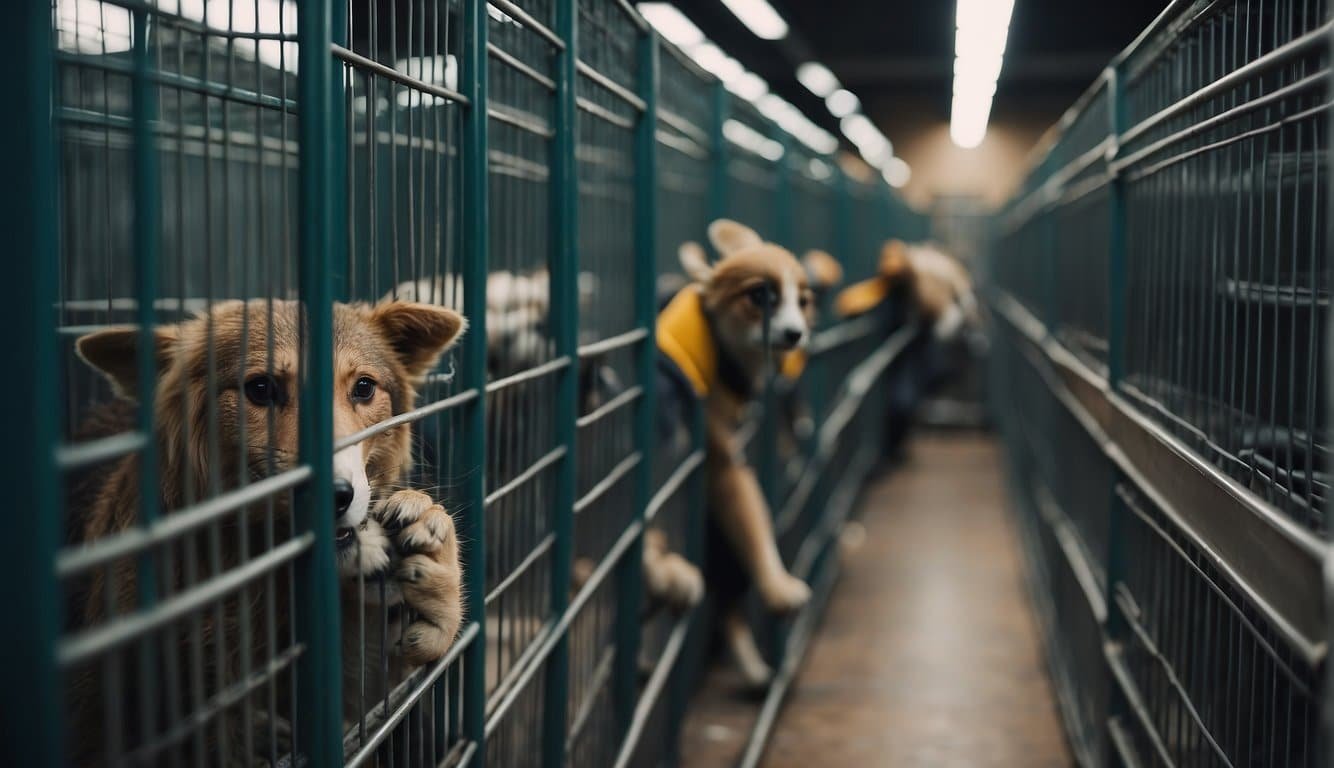Throughout history, the debate over whether keeping animals in zoos constitutes a form of animal cruelty has seized public attention and sparked intense moral discussions. This discourse traverses a myriad of dimensions: ethical considerations, psychological impacts on animals, conservation efforts, and the role of education in fostering a greater appreciation for wildlife. As we unravel this intricate subject, it becomes imperative to examine each criterion thoughtfully.
Understanding the Conditions of Captivity
The quintessential framework for evaluating animal welfare in zoos is the quality of life that these creatures experience in captivity. Animals in zoos are often subjected to environments starkly dissimilar from their natural habitats. For instance, many species are confined to enclosures that are drastically smaller than the vast territories they would roam in the wild. This can lead to physical and psychological stress, manifesting as stereotypic behaviors—repetitive actions that signify distress, such as pacing, over-grooming, or, in some cases, self-harm.
Moreover, the hyper-stimulation associated with zoo visitors can exacerbate this anxiety. Animals may become overly agitated or develop abnormal social behaviors as they attempt to cope with their artificial surroundings. The challenge lies in ensuring that zoos provide not just basic needs—food, water, and shelter—but also an enriching environment that promotes natural behaviors and mitigates the adverse effects of confinement.
The Ethical Dilemma
Ethically, the question of animal right has emerged as a pivotal element of this discussion. Proponents of animal rights argue that sentient beings possess an intrinsic right to live freely and avoid the indignities of confinement. They contend that these rights supersede any potential benefits derived from captivity. Conversely, defenders of zoos often cite conservation efforts and educational outreach as justifications for the existence of zoos. They posit that zoos play a vital role in saving endangered species and fostering awareness about biodiversity.
This moral dichotomy raises profound ethical questions about utilitarian approaches versus rights-based perspectives. Can the justification of preserving a species or educating the public truly eclipse the suffering endured by individual animals? This philosophical impasse remains unresolved, compelling society to weigh the costs of animal confinement against the purported benefits.
Conservation and Breeding Programs
One of the foundational arguments in favor of zoos resides in their contributions to conservation. Many zoos participate in breeding programs designed to bolster declining populations of endangered species. This can be particularly beneficial for species on the brink of extinction, where captive breeding may serve as a last resort for preserving genetic diversity. Success stories abound; from the California condor to the Arabian oryx, zoos have facilitated remarkable comebacks for certain species.
However, the sustainability of such programs often hinges on the ability to eventually reintroduce these animals into their natural habitats. The ethical quandary remains: does breeding animals in captivity render them ill-equipped for survival in the wild? The question underscores the imperative to not only focus on breeding successes but also engage in habitat restoration and address the root causes of endangerment, such as poaching and habitat loss.
Zoo Education Initiatives
Education forms another cornerstone of the pro-zoo argument. They provide a unique platform for raising awareness about the plight of wildlife and the broader ecological challenges facing our planet. By witnessing animals up close, visitors may cultivate empathy and a deeper understanding of conservation issues. Educational programs and interactive sessions serve to enlighten the public, creating a vested interest in wildlife protection that extends beyond the confines of the zoo premises.
Nonetheless, the efficacy of this educational outreach must be critically assessed. Does observing an animal in a cage foster genuine appreciation and concern, or merely reinforce a distorted perception of these creatures as entertainment commodities? The challenge remains in ensuring that educational experiences translate into action and advocacy for wildlife conservation outside the zoo context.
Alternatives to Traditional Zoos
In light of the persistent concerns surrounding animal welfare, alternative models of wildlife conservation have emerged. Sanctuaries, wildlife reserves, and conservation centers prioritize the rehabilitation of animals and often aim to replicate natural habitats more effectively. These establishments typically focus on rehabilitation and release, moving away from the captivity model altogether. They present a more humane option for housing animals and may better respect their innate behavioral needs.
Additionally, the advent of virtual reality and educational technology has opened new avenues for experiencing wildlife without the need for physical confinement. Such innovations allow for immersive experiences while alleviating the stress and suffering associated with captivity.
Conclusion: A Path Forward
The query of whether keeping animals in zoos amounts to animal cruelty cannot be answered unequivocally. It intertwines profound ethical considerations, the complexities of conservation, and the nuances of education. As society progresses, it is incumbent upon us to foster a more reflective dialogue about the role of zoos and the treatment of their inhabitants. Balancing animal welfare with the mission of conservation presents a formidable challenge. Acknowledging the multifaceted nature of this debate may guide us toward solutions that honor the dignity of all sentient beings while still advancing vital conservation objectives.








